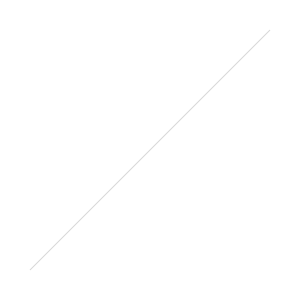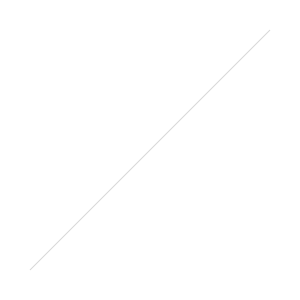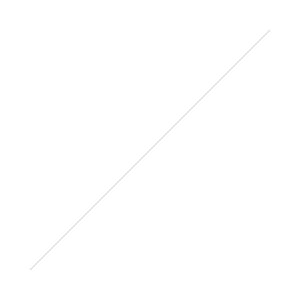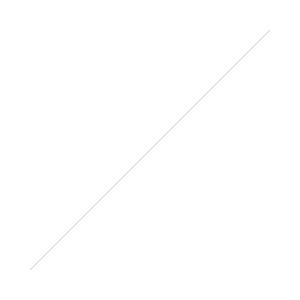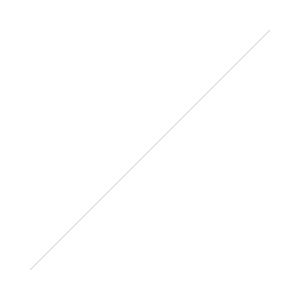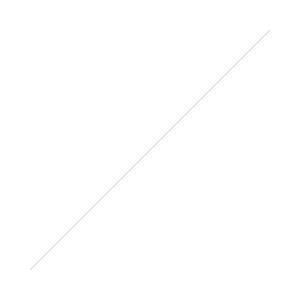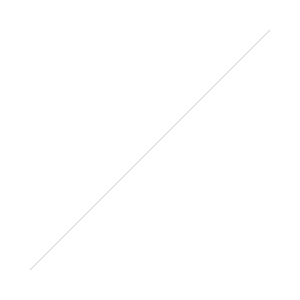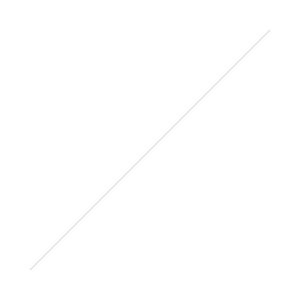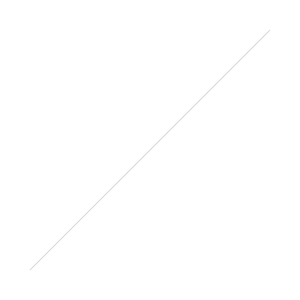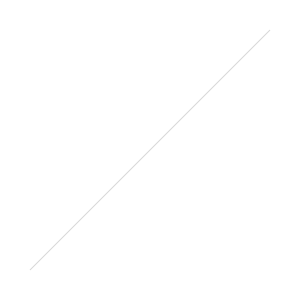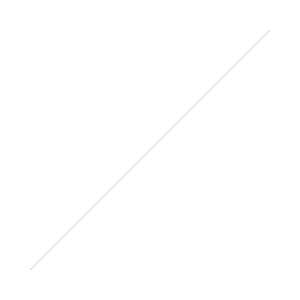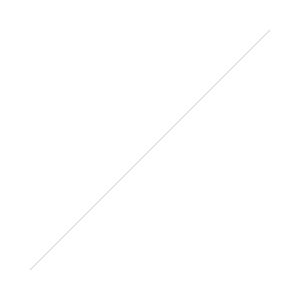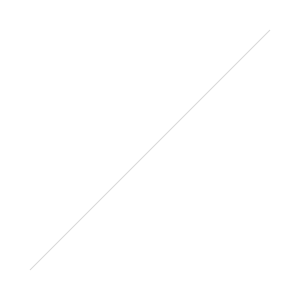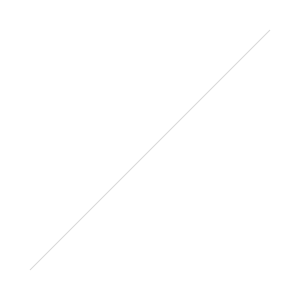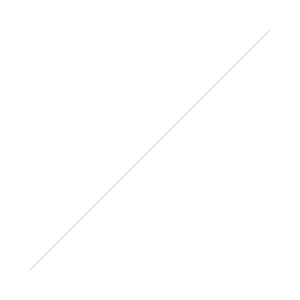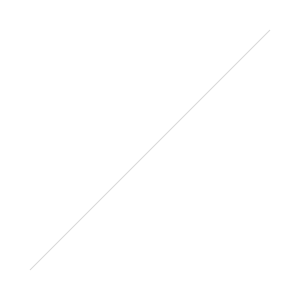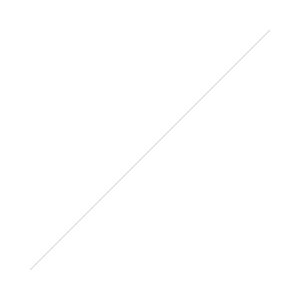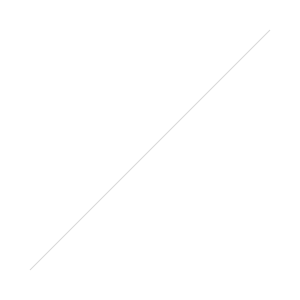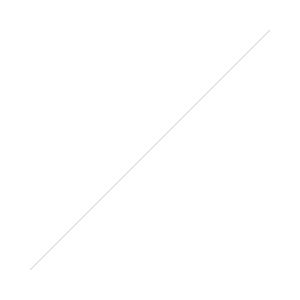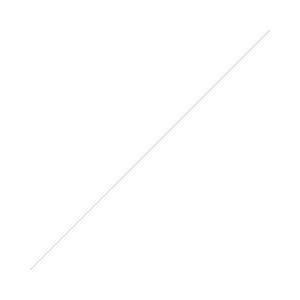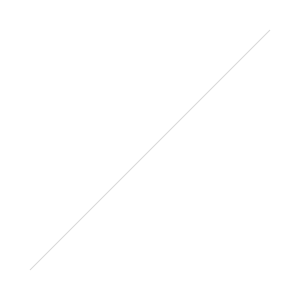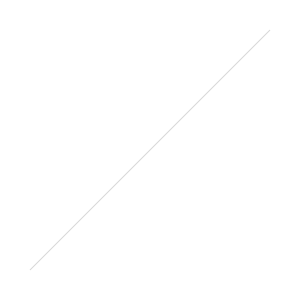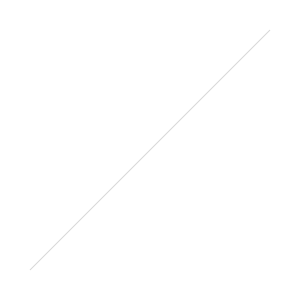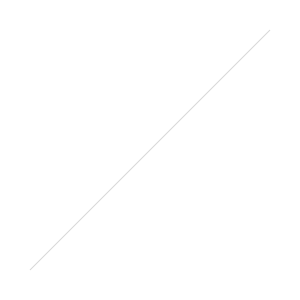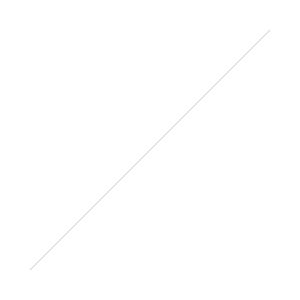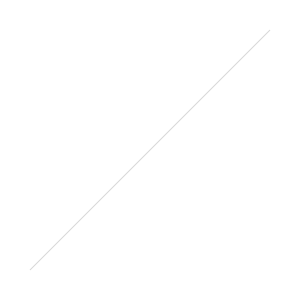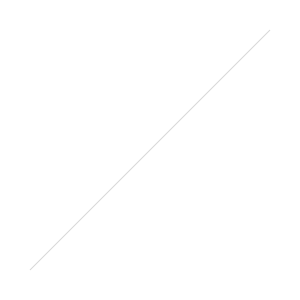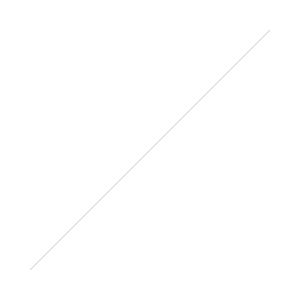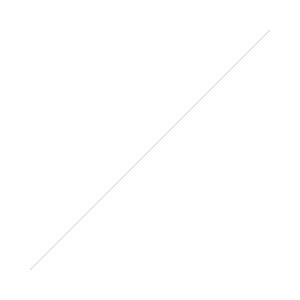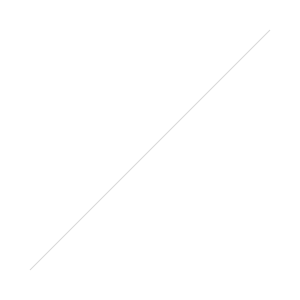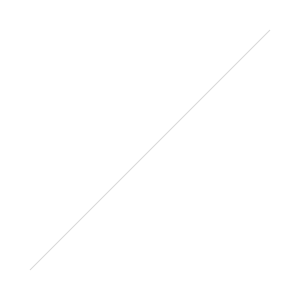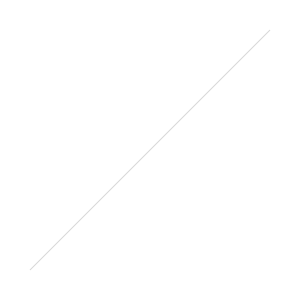WInter arrived...
this past week, with a quick dump of heart-attack snow, and the arrival of some favorite winter neighbors.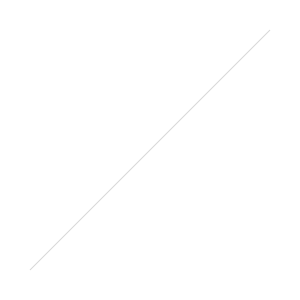
I love to watch the Short-Eared owls, often arriving as a pair, arcing crazily around the fields. Staying low and close to the ground, they'll wheel acrobatically and drop on something small and unseen in the distance.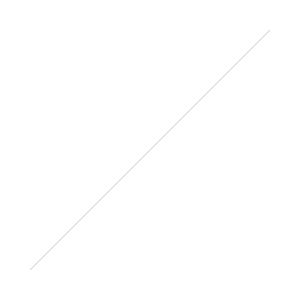
Darby prefers the Harrier hawks, with their slow, gracefully rocking flight, also low and quiet above the winter turned field. 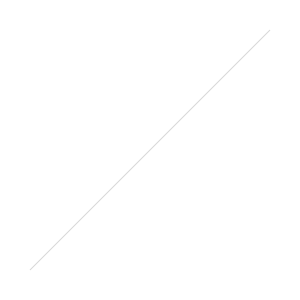
The cold is sudden, and not altogether welcome, but I've already found a painting in the harsh arrival. Something small, but atmospheric, should be done in a couple more days.
The pursuit of happiness.
I look forward to my wife getting home from work.
To time spent with our kids.
To the company of our dogs.
To work.
Somewhere in a book by James Lee Burke- maybe Jolie Blon’s Bounce?- he writes that the secret to being happy is really just a matter of having something to look forward too.
I look forward to fall.
To the woods, carpeted with leaves.
To the rain.
To the rumbling echo of the river inside the hood of my jacket.
To the light, quick flight of a scandi line.
To the deep, slow, into-the-cork load of a skagit head.
To flies the size of the palm of my hand.
To the flow of the river.
To the tug of a steelhead.
The art season was grueling this year. And it continued into steelhead season, my favorite time of the year.
But steelhead season always brings me back to ground. Last week I met a guy along the river, and we talked, about fishing, work, and life. He picked up on me being frustrated with work, with being tired from the season. And he said, I have the solution for you, from Mark Twain. He said, When you are tired of working, start back when you feel like it.
Permission from beyond.
I am ready to get to work again.
In the studio
Uly
It's been a busy, hot spring, with some heartbreak involved. We lost our dog Molly about 6 weeks ago, after 15 years as the anchor in our dog world.
We had decided to wait til fall to look for a new buddy, but Finn was showing too many signs of loneliness.
So we went looking, and found Uly (Ulysses).
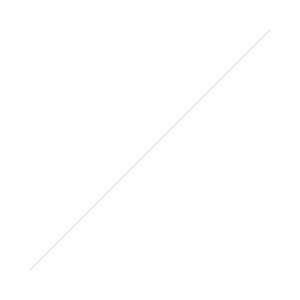
110 lbs. of cure for loneliness.
Windshield shot.....
Another from the Susquehanna River series
Yeah, I've been......
 sluggish lately..... well, with all things internet-ish. Blog, website.
sluggish lately..... well, with all things internet-ish. Blog, website.
I've been going like a mad-man in other aspects of life. Five shows into the season, 15 paintings have found new homes..... and I've been doing a fair amount of fly tying this spring too. What's fly tying got to do with painting, you say? Nothing- I was trying to segue away from the lame slug joke, and homage to my pop, RF Harrington, and his sense of humor.
The slug? Seen walking around the Oklahoma City Art Festival earlier this spring. More posts to come. I'm perking.
The end for now.....
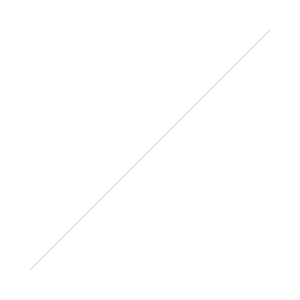
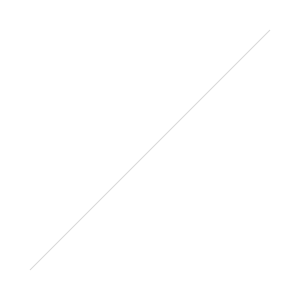 The Artifact of Landscape show came down this week. I have to take a break from the magnum landscapes for a bit and work on some smaller scale work for my show season. Well, smaller by my new 12 feet is medium-sized standard. I have several 4, 5 and 6 foot paintings underway, which should start finishing up in the next few weeks.
The Artifact of Landscape show came down this week. I have to take a break from the magnum landscapes for a bit and work on some smaller scale work for my show season. Well, smaller by my new 12 feet is medium-sized standard. I have several 4, 5 and 6 foot paintings underway, which should start finishing up in the next few weeks.
I'm excited about the upcoming show season and the pieces I am getting ready for it, and at the same time, there are ideas for the extra-large landscapes bubbling just under the surface that are hard to put aside for the moment.
Oh well, art was never supposed to be easy, and if it was, I'd be bored.
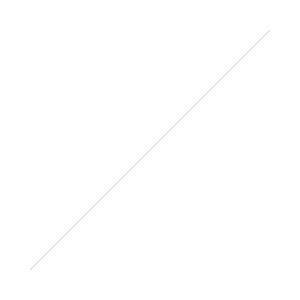
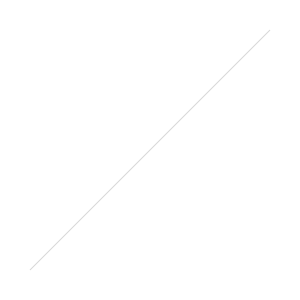
To the arrival of spring........
Trespass
Another new piece from the show The Artifact of Landscape, currently on display at the Lockhart Gallery, 26 Main Street, Geneseo, New York.
Slough Creek
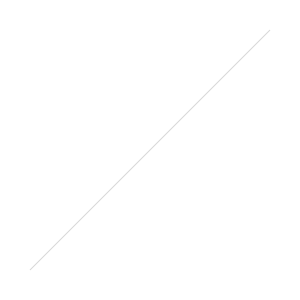 Slough Creek Overlook, Lamar Valley, Yellowstone National Park,
Slough Creek Overlook, Lamar Valley, Yellowstone National Park,
48 x 58 inches, oil on canvas, curio cabinet, 8 x 59 inches.
One of the core pieces from the show, The Artifact of Landscape, opening with a reception tomorrow at the Lockhart Gallery, 5 - 7 pm. The Gallery is located at 26 Main Street in Geneseo New York.
This piece is representative of a new direction in my work, landscape on a scale large enough to have a presence in front of the viewer, combined with a cabinet full of artifacts of and from that landscape. The close-ups below are the cabinet contents, spread between plaster casts of buffalo, grizzly and wolf tracks.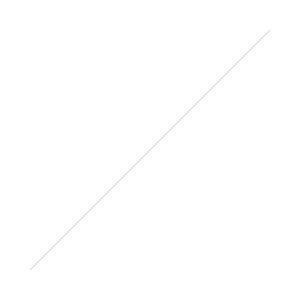
The Artifact of Landscape
Wasp
Flight
Fox
Wishes for a wonderful New Year.
Artifact
ar⋅ti⋅fact - a handmade object, as a tool, or the remains of one, as a shard of pottery, characteristic of an earlier time or cultural stage, esp. such an object found at an archaeological excavation.
Molly's footprint. She's our 70 lb. lab/hound princess.
I don't know when I first made a cast- maybe a project in Cub Scouts, maybe in school. But the process always fascinated me, and I've made a few over the years.
A wolf track, the cast made along the Ivishak river several years ago.
A lot of people have the impression that wolves are like big dogs, like 100 lb. German Shepherd. I did, til my son and I saw them in Yellowstone a few summers back. They are like shepherds, just way bigger. Like a shepherd and a half. The track is almost 4 inches wide. Measure your hand. Wilderness makes you feel small. Vulnerable. I like to think it puts me in my place.
While I was in Alaska, I saw several grizzly tracks, and each time, my hair was on end, a queasy stomach. Lots of tracks, but none sharp enough to cast. Yes, I did have enough plaster, despite the weight limit on the bush plane. Not so many clean clothes, but I had the plaster. Just no sharp, well defined tracks.
The Lamar Valley in Yellowstone. Between here and the Hayden Valley, tough to say which is my favorite place in the park. Last year I fished the Lamar River too late into the evening. Til dark. The Lamar Valley, home to wolves, black bear and grizzlies.
I tried to be very quiet back to the van. A walk on wobbly legs, a sinking feeling in my stomach. Turned out fine.
But when I opened a package the other day, in the warm, safe confines of my studio, the sinking feeling was there instantly. I didn't make the cast, but I guess as a post-modernist, I'll appropriate it.
What's with the casts?
It's taken me a while to get here, I don't want to spill it all in one post.
Ice
If you can't do it well......

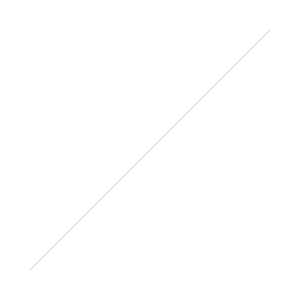 Wyoming Barn, 5 x 7 inches, oil on panel, currently available for bid by clicking here.
Wyoming Barn, 5 x 7 inches, oil on panel, currently available for bid by clicking here.
I love small paintings. I love looking at the smaller work of other artists, and I love doing work in a small format. There is a gem-like quality to to small paintings, whether seen across the expanse of a museum hall, or tucked in a nook of a home. As you approach a small piece, it is almost as if the frame becomes a window into another reality.
I don't care much for photo-realism- at some point it seems to me to become more about rendering than anything else. I want that window to reveal the simplification and abbreviation of form that I find compelling, the way a painter interprets and transforms reality into a 2 dimensional plane.
I started posting on this blog months ago, in hopes of helping me process through some changes I felt were coming in my work. Well, I'm a slow processor, but I think I'm there- at the beginning of a new stage in the evolution of my work.
Learning, for me, comes from failure. Mistakes. Near misses, blunders, close-calls. Building a body of intuitive knowledge on which to make the infinite number of decisions required over the development of a painting. I have done hundreds of paintings over the years, slowly building the skill set to do.........what?
It's been months of stewing, but things are coming together, and it has come down to the same two questions I continually face.
1- Why?
2-How?
Second things first. Once I realized the why (I'll get to that in the next few posts), I knew I needed to work on the how. The way I work has evolved over the years. As a student, I wanted to be the next incarnation of Winslow Homer, of John Singer Sargent. The masters of painterly realism, of the spectacular brush-stroke. After may years as a student, trying to work in a style emulating one, then the other, my work evolved off in different direction. When I started working as an illustrator, I reinvented myself every time I turned around. Restlessness. Boredom. I said so at the time, but it was more a matter of trying to find the medium that matched me. I am not the painter of the perfect brush-stroke.
Squirting (kayaking) on the Middle Fork of the Salmon River. Yes, an older picture. I've been painting too much, not paddling enough. Sound like I need to make a New Year's resolution.
It took me a long time to realize, that I am most successful when I approach my work that way I approach life. A give and take, A conversation. And maybe, a sport. I have long joked that painting is centerfield for a guy who blew his knee in high school. But the truth is I would give up every baseball game I ever played to have started paddling whitewater sooner. No river is ever the same one day to the next. Water levels change, weather changes, stream banks and stream beds move and shift the current, and you have to react to each and every change. Rain, snowmelt, drought. Act and react. The same way I've come to paint. The only consistency is the inconsistency.
Small formats allow a painter to get work done more quickly- there just isn't as much work to do, as much surface to cover. And because more work is getting done, more mistakes are made, and more can be learned. But at some point, for whatever reason, you want to work bigger. And the techniques you've learned painting small can help you paint in a larger format, to a degree. But larger formats present their own problems.
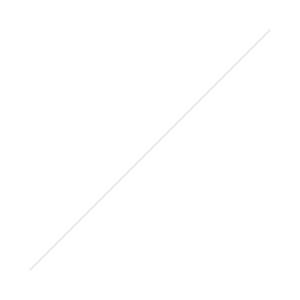 Red Roof, oil on canvas, 24 x 30 inches.
Red Roof, oil on canvas, 24 x 30 inches.
It is easy to see an increase in scale as an opportunity to include more detail, but for me, that dodges the real challenge of painting larger, which is to maintain the simplicity found in the smaller format. To enlarge the textures that make up the surface, while maintaining the integrity of the representational image. So, back to what I am after in a painting. Simplification and abbreviation of form. Color. Value. Surface quality. Up to a point this is relatively straight forward. Early on I would make the mistake of picking the wrong tool for the job, a too small brush making too small marks, resulting in a fussy, overworked surface. When you stop is as important as where you start. And you need the right tools to get there.
I think of the process of painting as laying veils of color over the canvas. Each veil is of different hue and value, broken-surfaced, revealing the layers beneath, eventually arriving at the final image. Paint is put down, and just as often removed. The surface texture is not something I try to describe verbally, or preconceive, but intuitively arrive at, hopefully at the same moment the image is finished.
But the other part of this is the why- not the why I paint this way, but the why I paint at all. And that lead me to want to work bigger yet. Previously I only occasionally went beyond 36 x 48 inches. This summer that started seeming restrictive. But so was my technique.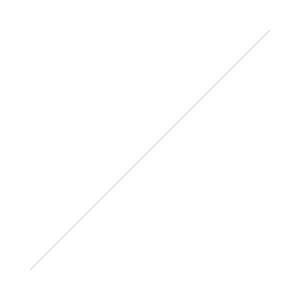
There is a reason houses are painted with brushes- a brush can make a nice, smooth surface. But that's not what I want. I'm after that broken veil. I tried a variety of brushes, of different sizes, and kept ending up with that fussy overworked surface. Painting knives were even worse.
And then in June, scrambling to finish a couple pieces to take with me to Cherry Creek, something happened. The tools evolved. And not the way I expected. Years ago, I started as a watercolorist- the easiest way in the world to become a brush junkie. I love good brushes, sables and hog bristles, mostly filberts for my oil painting work. Until in frustration I folded up a rag, and made a very crude brush of sorts, and found the surface I was after.
Yeah, so big deal. A wadded up rag. But the surfaces I am getting with the rag-brushes is the broken veil I am after, in a much larger format.
And the quote that started this off- If you can't do it well, do it big. The often repeated cynical critique

